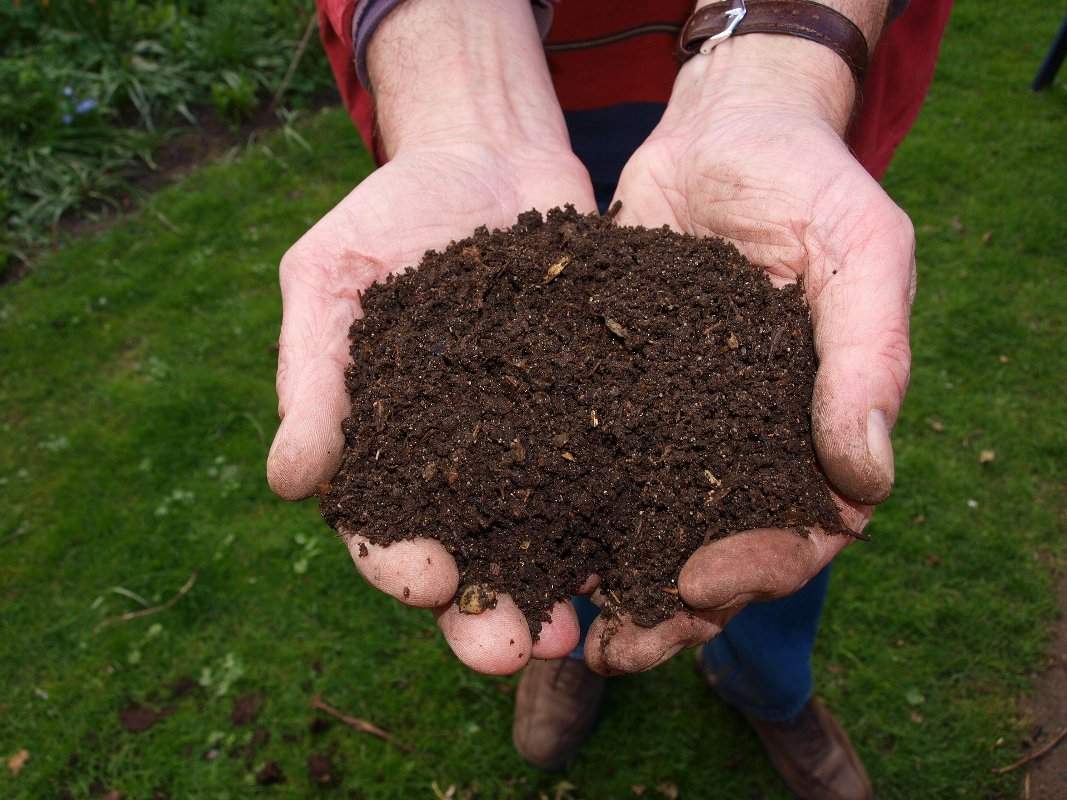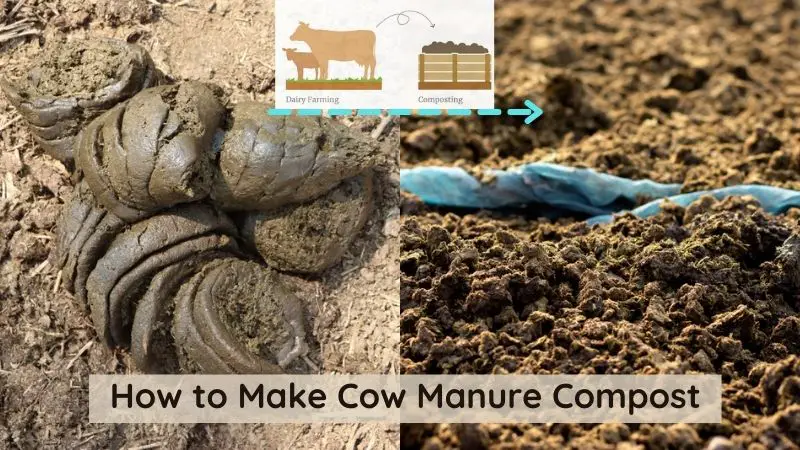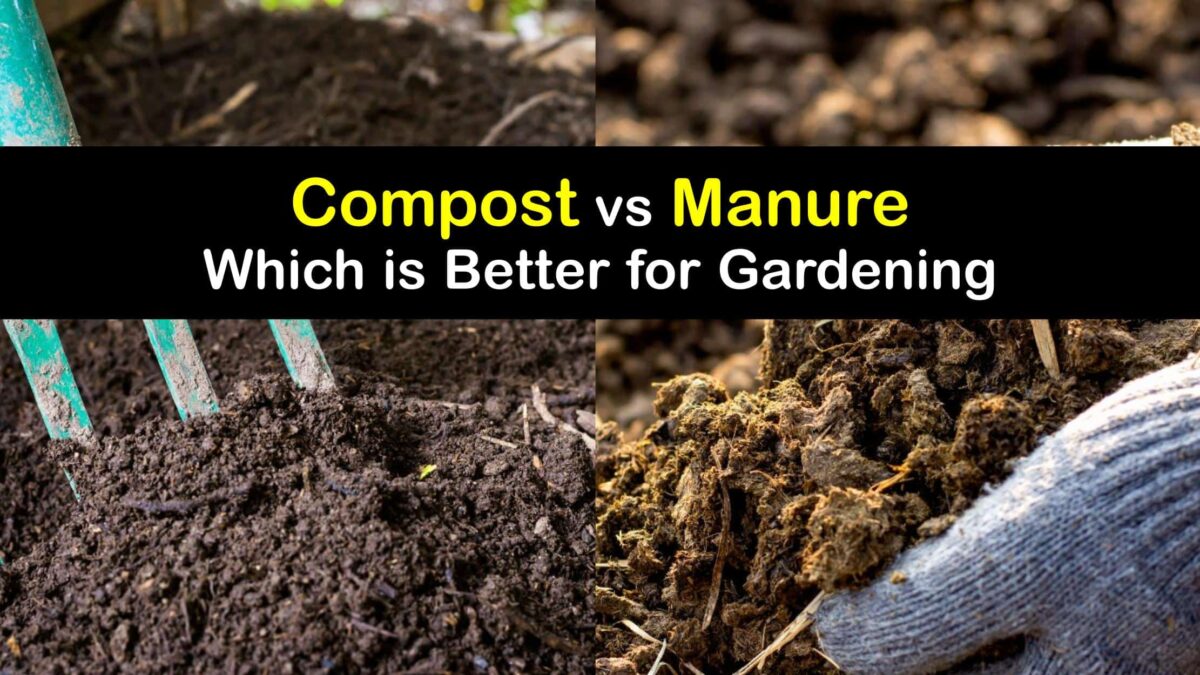The Benefits of Using Organic Matter in Gardening
Using natural fertilizers in gardening is an effective way to promote healthy plant growth, improve soil structure, and reduce environmental impact. One of the most valuable natural fertilizers is manure, which is rich in nutrients and can be easily incorporated into gardening practices. By using manure in the garden, gardeners can create a sustainable and thriving ecosystem that benefits both plants and the environment.
Organic matter, such as manure, helps to improve soil structure by increasing its water-holding capacity, aeration, and nutrient content. This leads to healthier plants, increased crop yields, and reduced soil erosion. Additionally, using natural fertilizers like manure reduces the need for synthetic fertilizers, which can pollute soil, air, and water. By adopting sustainable gardening practices, gardeners can contribute to a more environmentally friendly approach to gardening.
Furthermore, using manure in the garden can help to support biodiversity by creating a habitat for beneficial microorganisms and insects. These microorganisms play a crucial role in decomposing organic matter, fixing nitrogen, and fighting plant diseases. By incorporating manure into gardening practices, gardeners can create a balanced ecosystem that promotes healthy plant growth and reduces the need for pesticides and other chemicals.
Incorporating manure into gardening practices is a simple and effective way to promote sustainable gardening. By using natural fertilizers like manure, gardeners can reduce their environmental impact, improve soil health, and create a thriving garden ecosystem. Whether you’re a seasoned gardener or just starting out, using manure in the garden is a great way to promote healthy plant growth and support a sustainable approach to gardening.
How to Harness the Power of Manure for a Thriving Garden
Using manure in the garden can be a highly effective way to promote healthy plant growth and improve soil fertility. However, it’s essential to follow proper procedures when collecting, composting, and applying manure to ensure optimal results. By understanding the process of using manure in the garden, gardeners can unlock its full potential and create a thriving ecosystem.
Collecting manure is the first step in harnessing its power. It’s crucial to choose the right type of manure for your garden, as different types have varying nutrient contents and characteristics. For example, cow manure is high in nitrogen and phosphorus, making it ideal for promoting leafy growth, while chicken manure is rich in potassium, which supports fruiting and flowering. Horse manure, on the other hand, is a balanced mix of nitrogen, phosphorus, and potassium, making it suitable for general garden use.
Once you’ve collected the manure, it’s essential to compost it to release its nutrients and reduce pathogens. Composting manure involves mixing it with other organic materials, such as straw or leaves, and allowing it to break down over time. This process can take several weeks to several months, depending on factors such as temperature, moisture, and oxygen levels. By composting manure, gardeners can create a nutrient-rich fertilizer that is safe to use in the garden.
When applying manure to the garden, it’s essential to follow proper guidelines to avoid over-fertilization and contamination. The ideal time to apply manure depends on the type of plants you’re growing and the soil conditions. For example, applying manure in the spring can promote healthy growth and development, while applying it in the fall can help prepare the soil for the next growing season. It’s also crucial to follow proper application rates and methods to avoid burning plants or contaminating soil and water.
By following these guidelines and using manure in the garden, gardeners can create a thriving ecosystem that promotes healthy plant growth and supports a sustainable approach to gardening. Whether you’re a seasoned gardener or just starting out, using manure in the garden is a great way to improve soil fertility and promote a balanced ecosystem.
Understanding the Different Types of Manure for Gardening
When it comes to using manure in the garden, it’s essential to understand the different types of manure available and their unique characteristics. Each type of manure has its own nutrient content, advantages, and potential drawbacks, making it crucial to choose the right type for your garden’s specific needs.
Cow manure, for example, is high in nitrogen and phosphorus, making it an excellent choice for promoting leafy growth and fruiting. It’s also relatively easy to find and often less expensive than other types of manure. However, cow manure can be high in weed seeds and may require additional processing to remove these seeds.
Chicken manure, on the other hand, is rich in potassium and is often used to support fruiting and flowering. It’s also high in nitrogen, making it an excellent choice for promoting healthy plant growth. However, chicken manure can be high in ammonia, which can burn plants if not properly composted.
Horse manure is a balanced mix of nitrogen, phosphorus, and potassium, making it a versatile choice for general garden use. It’s also relatively low in weed seeds and can be easily composted. However, horse manure may be more difficult to find than other types of manure, and its nutrient content can vary depending on the horse’s diet.
Other types of manure, such as goat, sheep, and pig manure, can also be used in gardening. Each of these types has its own unique characteristics and nutrient content, making it essential to research and understand their specific needs and benefits.
When choosing a type of manure for your garden, consider factors such as your garden’s specific needs, the type of plants you’re growing, and the manure’s nutrient content. By selecting the right type of manure and using it properly, you can create a thriving and sustainable garden ecosystem.
Composting Manure for Optimal Nutrient Release
Composting manure is a crucial step in using manure in the garden. Composting helps to break down the manure into a nutrient-rich fertilizer that is safe to use on plants. When done properly, composting can kill off pathogens and weed seeds, reducing the risk of contamination and improving soil health.
To compost manure, start by collecting the manure and mixing it with other organic materials such as straw, leaves, or grass clippings. The ideal carbon-to-nitrogen ratio for composting is 25:1, so aim to mix 25 parts of carbon-rich materials with 1 part of nitrogen-rich manure. Add water to the mixture to maintain a consistency like a damp sponge.
Next, create a compost pile by layering the manure mixture with other organic materials. Start with a 4-6 inch layer of carbon-rich materials, followed by a 2-3 inch layer of manure mixture. Repeat this process until the pile is 3-4 feet high, finishing with a layer of carbon-rich materials on top.
Allow the compost pile to sit for several weeks or months, turning it every few days to maintain oxygen flow and speed up the composting process. Monitor the temperature of the pile, aiming for a temperature of 130-140°F (54-60°C) to ensure that pathogens are killed off.
After several weeks or months, the compost pile should have broken down into a rich, earthy-smelling fertilizer. This composted manure can be applied to the garden, providing a boost of nutrients to plants. By composting manure, gardeners can create a sustainable and natural fertilizer that promotes healthy plant growth and improves soil health.
Some tips to keep in mind when composting manure include:
- Use a compost bin or pile to contain the manure and maintain heat.
- Monitor the carbon-to-nitrogen ratio to ensure optimal composting.
- Turn the compost pile regularly to maintain oxygen flow and speed up the composting process.
- Monitor the temperature of the pile to ensure that pathogens are killed off.
By following these tips and composting manure properly, gardeners can create a nutrient-rich fertilizer that promotes healthy plant growth and improves soil health.
Applying Manure to Your Garden: Tips and Precautions
Once you have composted your manure, it’s time to apply it to your garden. However, it’s essential to follow some guidelines to ensure that you’re using manure safely and effectively. Here are some tips and precautions to keep in mind when applying manure to your garden:
Best Time to Apply: The best time to apply manure to your garden depends on the type of plants you’re growing and the climate you’re in. In general, it’s best to apply manure in the spring or fall, when the weather is cooler and there is ample moisture in the soil.
Application Rates: The application rate of manure will depend on the type of plants you’re growing and the soil type. A general rule of thumb is to apply 1-2 inches of composted manure per 100 square feet of garden bed. However, it’s essential to follow the specific application rates recommended for your specific type of manure and plants.
Methods of Application: There are several methods of applying manure to your garden, including broadcasting, banding, and incorporating. Broadcasting involves spreading the manure evenly over the garden bed, while banding involves applying the manure in narrow strips along the rows of plants. Incorporating involves mixing the manure into the soil before planting.
Precautions: When applying manure to your garden, it’s essential to take some precautions to avoid over-fertilization and contamination. Make sure to follow the recommended application rates and methods, and avoid applying manure too close to waterways or other sensitive areas.
Potential Risks: While manure can be a valuable fertilizer, it can also pose some risks if not used properly. Over-fertilization can lead to an overabundance of nutrients in the soil, which can harm plants and contaminate waterways. Additionally, manure can contain pathogens and weed seeds, which can be spread to other areas of the garden if not properly composted.
By following these tips and precautions, you can safely and effectively apply manure to your garden, and enjoy the many benefits that it has to offer. Remember to always follow the recommended application rates and methods, and take steps to avoid over-fertilization and contamination.
Integrating Manure into Your Overall Garden Fertilization Strategy
Using manure in the garden can be a valuable addition to your fertilization strategy, but it’s essential to integrate it into a balanced plan that takes into account the specific needs of your plants and soil. Here are some tips for incorporating manure into your overall garden fertilization strategy:
Combining Manure with Other Natural Fertilizers: Manure can be combined with other natural fertilizers, such as compost, green sand, and fish emulsion, to create a balanced fertilization plan. This approach can help to provide a broad spectrum of nutrients to your plants and reduce the risk of over-fertilization.
Considering Soil Testing Results: Before applying manure to your garden, it’s essential to consider the results of soil testing. This will help you to determine the nutrient content of your soil and identify any deficiencies or imbalances that need to be addressed.
Using Manure as a Supplemental Fertilizer: Manure can be used as a supplemental fertilizer to provide a boost of nutrients to your plants during times of high growth or stress. This approach can help to promote healthy plant growth and reduce the risk of nutrient deficiencies.
Creating a Fertilization Schedule: To get the most out of using manure in your garden, it’s essential to create a fertilization schedule that takes into account the specific needs of your plants and soil. This schedule should include the type and amount of fertilizer to apply, as well as the frequency of application.
Monitoring Soil Health: Finally, it’s essential to monitor soil health regularly to ensure that your fertilization strategy is working effectively. This can be done by conducting regular soil tests and observing the overall health and productivity of your plants.
By following these tips and integrating manure into your overall garden fertilization strategy, you can create a balanced and sustainable approach to fertilization that promotes healthy plant growth and reduces the risk of environmental harm.
Common Mistakes to Avoid When Using Manure in Your Garden
Using manure in the garden can be a valuable way to add nutrients and improve soil health, but it’s essential to avoid common mistakes that can lead to problems. Here are some common errors to watch out for:
Not Composting Manure Properly: One of the most common mistakes gardeners make when using manure is not composting it properly. This can lead to the presence of pathogens and weed seeds in the manure, which can harm plants and contaminate soil.
Applying Too Much Manure: Applying too much manure can lead to over-fertilization, which can harm plants and contaminate soil and water. It’s essential to follow recommended application rates and methods to avoid this problem.
Not Considering Soil Type: Different soils have different nutrient requirements, and using manure without considering soil type can lead to imbalances. It’s essential to test your soil and adjust your fertilization plan accordingly.
Not Monitoring Soil Health: Failing to monitor soil health can lead to problems such as nutrient deficiencies and contamination. Regular soil testing can help identify these issues and ensure that your fertilization plan is working effectively.
Troubleshooting Tips: If you’ve made one of these common mistakes, don’t worry There are steps you can take to troubleshoot and overcome the problem. For example, if you’ve applied too much manure, you can try diluting it with water or adding other fertilizers to balance out the nutrients.
By avoiding these common mistakes and following best practices, you can get the most out of using manure in your garden and create a healthy, thriving ecosystem.
Conclusion: Maximizing the Benefits of Manure in Your Garden
Using manure in the garden can be a valuable way to add nutrients and improve soil health, but it’s essential to use it correctly to maximize its benefits. By following the tips and best practices outlined in this article, gardeners can harness the power of manure to create a thriving and sustainable garden ecosystem.
Remember to choose the right type of manure for your garden, compost it properly to release its nutrients and reduce pathogens, and apply it at the right time and rate. Also, be sure to integrate manure into a balanced fertilization plan, considering soil testing results and combining it with other natural fertilizers.
By adopting sustainable gardening practices and experimenting with manure as a natural fertilizer, gardeners can reduce their environmental impact, improve soil health, and promote healthy plant growth. Whether you’re a seasoned gardener or just starting out, using manure in the garden is a great way to create a thriving and sustainable garden ecosystem.
In conclusion, using manure in the garden is a valuable way to add nutrients and improve soil health, but it’s essential to use it correctly to maximize its benefits. By following the tips and best practices outlined in this article, gardeners can harness the power of manure to create a thriving and sustainable garden ecosystem.








